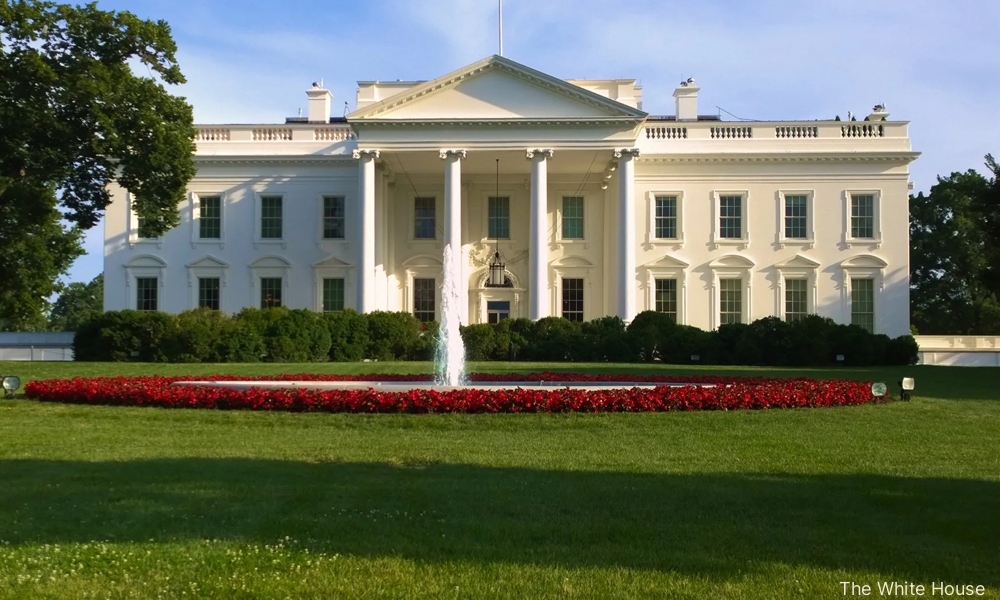LETTER | Yesterday, the US hit Malaysia with 24 percent reciprocal tariffs, effective April 9.
Industry players in Malaysia and beyond are understandably worried about the potential negative impacts on bilateral trade and supply chain shocks, which could drive up costs for businesses and spill over to consumers.
What has been our response so far? A retaliatory tariff has already been ruled out by our Investment, Trade and Industry Ministry.
The ministry, alongside other government agencies and our diplomatic network, has been said to be actively engaging in continuous communication with US representatives both locally in Malaysia and key stakeholders in Washington to explore "pragmatic solutions moving forward”.
Globally, there has been a sense of uncertainty and question marks around the rationality of the calculation framework underlying these reciprocal tariffs proposed by the US administration led by President Donald Trump.
Industry analysts generally agree that the tariffs are determined using a formula: divide a country's trade surplus with the US (based on 2024 US Census Bureau data) by its total exports, then divide that figure by two to produce a discounted rate.
Pressure, then negotiate
There are certain “hardcoded” exceptions, resulting in a baseline 10 percent tariff for a handful of countries.
However, I believe this move might not be just a “protectionist economic policy” but rather a calculated “negotiation tactic”, as it might instead be a strategic, albeit somewhat unconventional, way to “test” trading partners’ reaction, assess their dependence on the market and position the US for more favourable trade deals.
Overall, this approach mirrors an “aggressive business negotiation strategy” where initial pressure is applied to “extract better terms later” - think hardball negotiation.

From another perspective, this approach also appears to be the US’ method of “global trade evaluation”, as they prepare to establish new supply chains and maps while pre-emptively signalling which stakeholders the Trump administration considers “valuable”, “potentially useful”, or “expendable”.
In simpler words - defining who to keep, befriend and discard.
Given how volatile and unexpected his approaches tend to be, we must consider broader contingency plans.
Contigency response
In the current context, this implies giving sufficient attention to those exports that have been said to be “excluded from the tariff conversation” as of now, namely semiconductors, which now constitute a relatively significant portion of our medium- to high-value exports.

What’s in store for those items? I hope the Malaysian administration will consider crafting a contingency response plan to safeguard our domestic industry’s interests while enabling the preservation of strong bilateral trade.
This response plan, which should be “diplomatic and mutually beneficial”, should help soften shocks that may arise from a “surprise” sanction that could catch us off-guard.
Nevertheless, I remain hopeful that our historically strong ties and continued dialogue will sustain our mutually beneficial and valuable bilateral trade.
Writer is a socioeconomic analyst and commentator with publications in local and regional news outlets.
The views expressed here are those of the author/contributor and do not necessarily represent the views of Malaysiakini.

